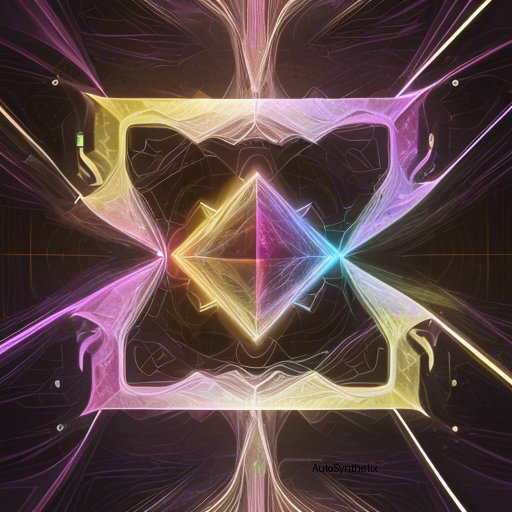Introduction
The ever-evolving world of Artificial Intelligence often intersects with groundbreaking scientific discoveries across numerous disciplines. A recent gem unearthed at ArXiv, a prominent preprint repository, dives deep into the complexities surrounding quantum mechanics – particularly focusing on 'contextuality,' 'mutually noncommunicating observables,' and their entanglement with 'probabilistic equivalences.' Let's delve into Mirko Navara and Karl Svozil's thought-provoking exploration shedding light upon such enigmatic phenomena in our quest to comprehend the elusive realm of quaternion systems.
Unraveling Contextuality in Quantum Mechanics
Quantum mechanics, a field rife with paradoxes, challenges traditional perceptions of reality through its peculiar manifestations. Contextuality forms one intriguing aspect, whereby certain phenomena defy attempts at understanding via classic logic structures. As proposed by Kochen & Specker, contextuality's measure lies in the impossibility of bipartitioning pairs of noncommutative observations using binary truth values.
Navara's research introduces a unique type of contextual setting involving multiple sets of three mutually exclusive observables exhibiting a particular pattern known as 'pseudocontexts.' Despite not being strictly orthogonal, they maintain consistent overall likelihood ratios irrespective of the initial state configuration. This phenomenon showcases how quantum mechanics transcends conventional boundaries, challenging established assumptions regarding physical measurements.
Hyperstructures - Bridging Classical Reasoning Gaps in Quantum Realms
This study highlights the limitations inherent when attempting to apply classical reasoning to understand quantum behavior. To illustrate, consider 'hypergraphs', mathematical abstractions representing connections among diverse elements. Hyperedges symbolize relationships while vertices denote individual items involved in those associations. When applied to quantum settings, a discrepancy emerges between classical and quantum representations of these graphs, underscoring disparities in underlying principles governing both domains.
Classical ontologies struggle to encapsulate statistical regularities encountered in quantum experiments owing primarily to shortcomings in dealing adequately with the set theoretic treatment of hypergraphs correlated directly to quantum observables' groupings. Such findings emphasize the profound chasm existing between classical conceptions and the counterintuitive nature of quantum physics.
Conclusion - Pushing Boundaries Through Insightful Investigation
As we traverse the frontiers of science, exploratory endeavors like Navara's work pave ways towards unravelling the mysteries concealed within the heart of cutting edge theories. By illuminating the nuances embedded in contextuality concepts related to multiplexed observational arrangements, his research contributes significantly to expanding our horizons concerning the foundations of modern theoretical physicists' toolkit. Embracing the challenge posed by seemingly contradictory mechanisms underpinning different facets of existence propels us closer toward grasping the grand symphony orchestrated by Nature itself.
Source arXiv: http://arxiv.org/abs/2309.13091v2
